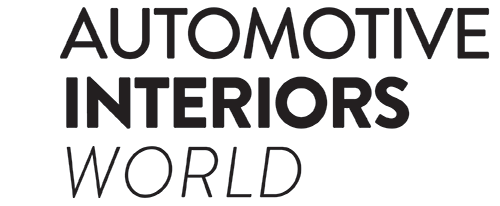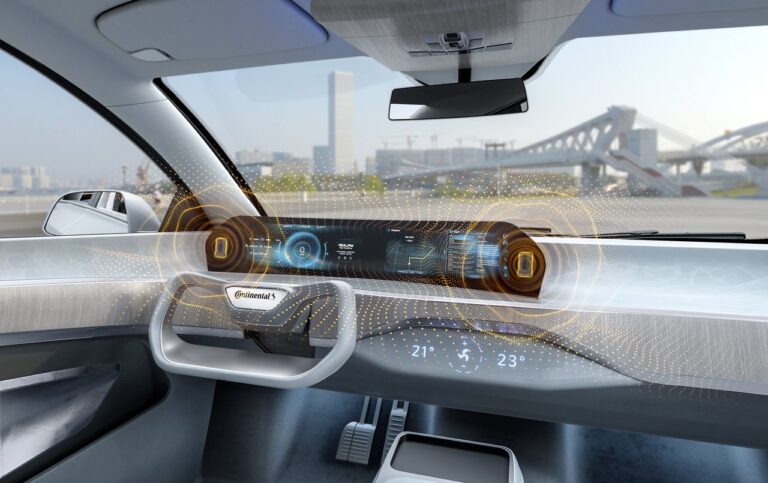Technology company Continental has integrated speaker function directly into the display unit using its Ac2ated Sound display. The use of the display surface as its own sound box enables audible feedback, speech or other audio content to be output directly from the screen, eliminating the need for conventional speakers. The system uses actuators that are installed invisibly behind the display surface and induce audible vibrations in the glass.
“By integrating actuators into the display, we have succeeded in using the entire display surface as a sound chamber to resonate sound within the vehicle, all in exceptional quality. Not only does this save valuable space in the vehicle interior, but it also reduces weight compared with traditional speakers. The system leverages our full expertise as a system integrator for the benefit of our customers – combining visual and audio output in a single package without compromising on quality,” explains Pavel Prouza, head of the user experience (UX) business area at Continental.
Acoustic localization
Humans have an intuitive ability to precisely identify the origin of a detected sound in three-dimensional space, known as ‘sound localization.’ In other words, when we hear a sound, we turn our head immediately in the direction the sound came from.
Utilizing this when audio content is emitted, knowing that a driver will be intuitively drawn to the relevant display instrument and their attention to where it is needed, the technology enables a lifelike immersive user experience.
Advantages over conventional speakers
The display surface is particularly well suited for use as a sound box. Its structure and composition offer optimal acoustic properties measured in terms of factors such as internal damping, material stiffness and the induced vibrating surface weight.
The actuators, measuring just a few centimeters in size, take up very little space when integrated into the display unit. This saves time and money in assembly compared with a conventional speaker. Continental has said that the audio system requires up to 90% less space and is up to 40kg lighter than conventional speaker systems.
In addition to its use in displays, Continental says the technology can be integrated into almost any existing flat component of the vehicle interior. By installing additional actuators in door trims, headrests, A-pillars or the roof lining, for example, the entire vehicle audio system can be converted to Ac2ated Sound technology to induce vibrations in existing surfaces throughout the vehicle.
In related news, Dirac, a Swedish digital audio company, and MediaTek, a semiconductor company, recently collaborated to enhance in-car audio performance through the integration of Dirac’s digital audio software into MediaTek’s automotive-grade systems-on-chips (SoCs). Click here to read the full story.



